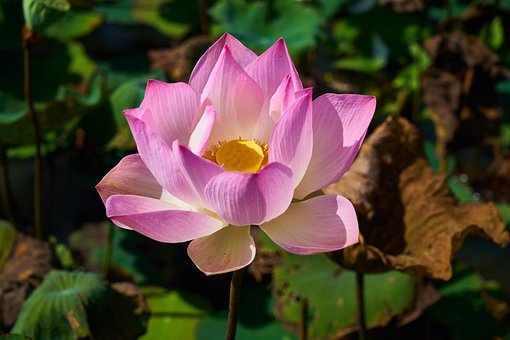A traditional holiday celebration of love and dedication is a key Asiatic ceremony custom. Despite the 60 to 70 years of Soviet/russian guideline, some traditions have survived and even been revived by wandering individuals https://www.mckinsey.com/featured-insights/mckinsey-explainers/what-is-generative-ai who want to honor their predecessors. The ceremony consists of many stages, including matching, meeting of the in- laws and encounter of bride and groom, a vibrant feast in the bride’s home and seeing off the bride.
The primary step is the therefore- called “bride’s goodnight party”. The bride and her family hold a great party where songs are sung and anyone drinks koumiss. Next the wife is masked with a shroud and escorted to her innovative father’s camp in a parade. The mullah is in charge of the whole event.

The groom presents his wife’s female relatives with gifts on the day of the wedding ( nikokh ), and the two families prepare for a lavish feast. The man even contributes a sizable dowry known as the jasau in some parts of the nation. It is comprise of horses, cattle, funds, embelleshment and clothing.
For a ceremony known as” Kelin Salom” or” Salom Beru,” the bride wears a traditional dress and veil to the wedding ceremony. She then bows obediently to her older relatives and in-laws. She bids her farewells to her joyful infancy by embracing marriage in this festival.
His father-in-law had previously prepared a bed and put on twelve bowls of rice as an omen of fertility and longevity for the couple following the official wedding ceremony ( nikokh ) in the groom’s kazakhstan women for marriage house. The babies of the newly married couple finally scramble for these grains, almonds, pomegranates, and fruit.